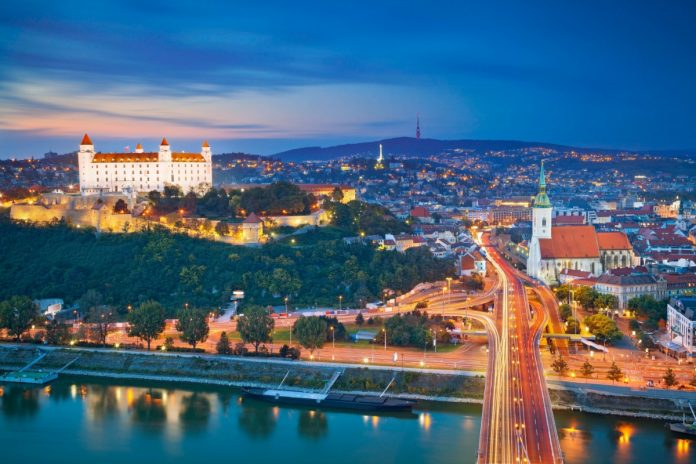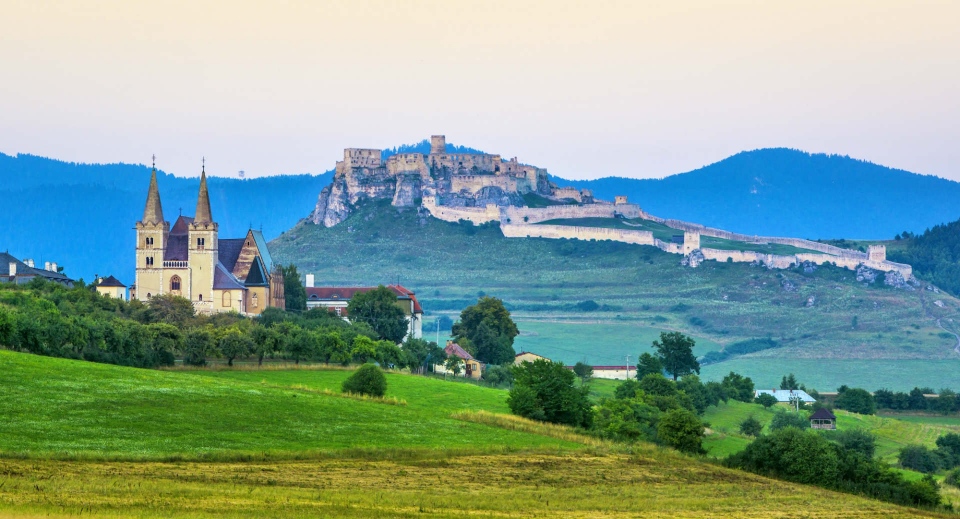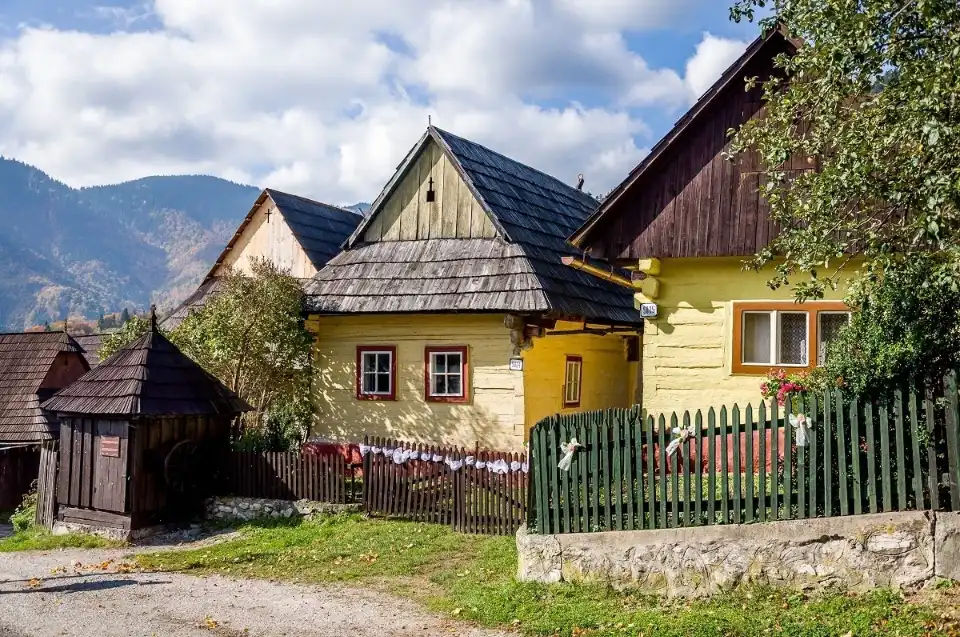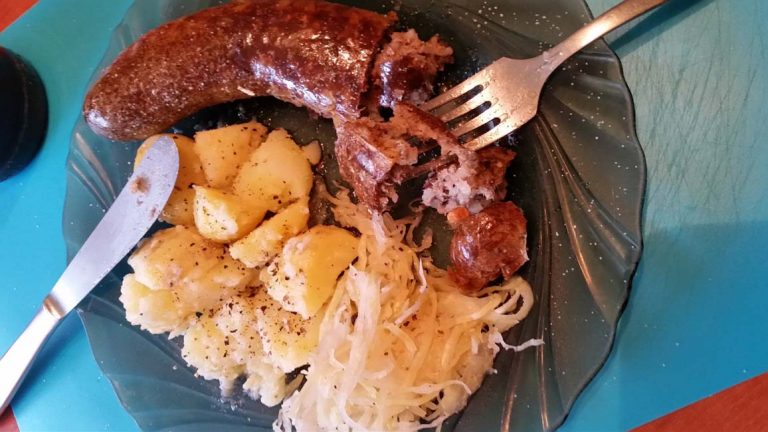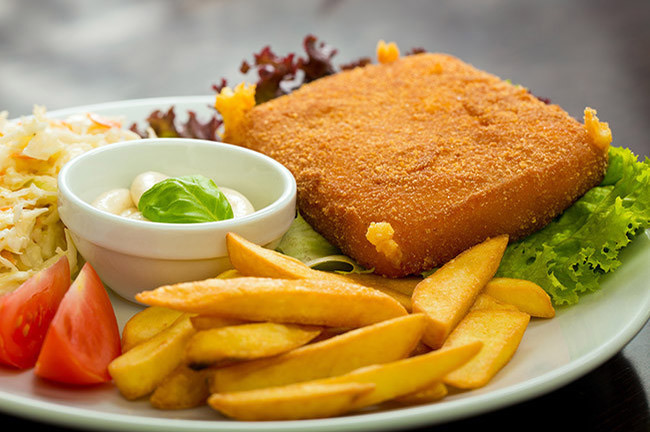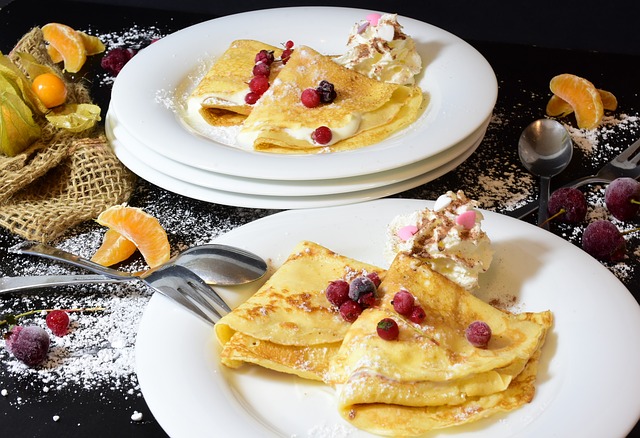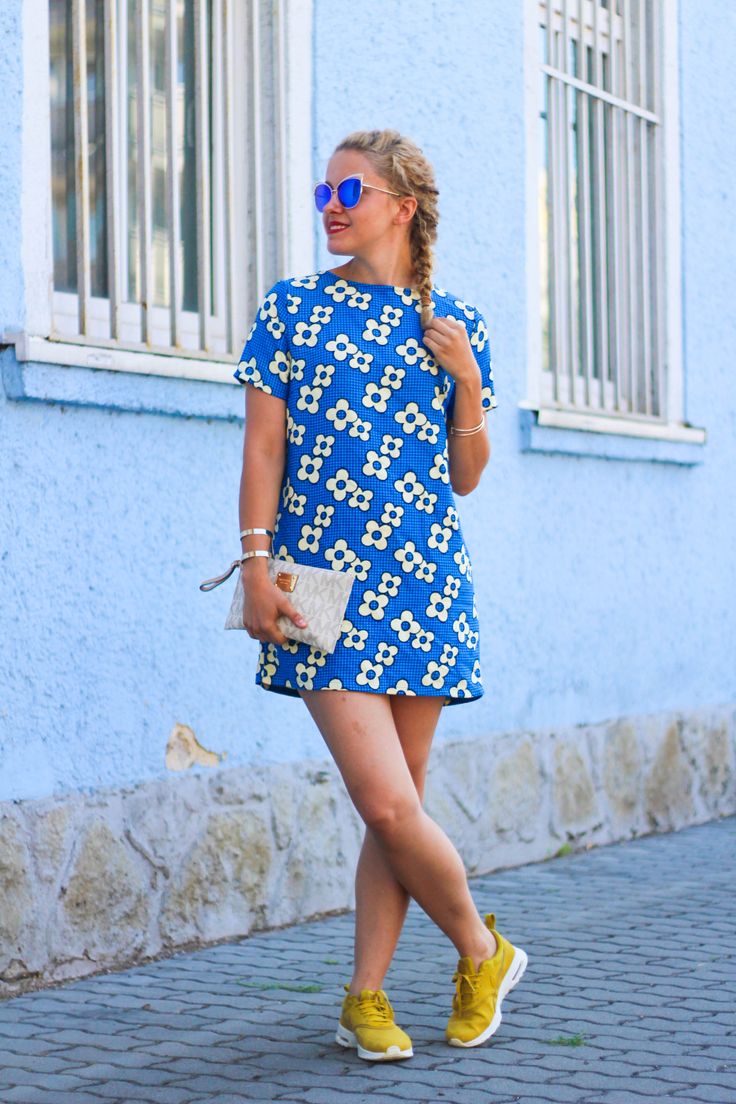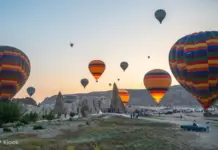Different from the famous bustling, modern cities of Europe, the small beautiful country of Slovakia located in the eastern of Europe offers visitors a peaceful, relaxing but equally magnificent experience. The beautiful country of Slovakia is favored by nature with countless green patches and fresh air to help you dispel all fatigue and boring.
- Bratislava travel blog — The fullest Bratislava travel guide for a budget trip for first-timers
- 7 days in Japan itinerary: Suggested 1 week in Japan itinerary for what to do in Japan for 7 days
- The ULTIMATE Uji travel guide: Top attractions, best things to do in Uji Kyoto, Tips & MORE
- Kyoto itinerary 5 days: How to spend 5 days in kyoto perfectly?
- Where to visit in Queenstown: 15 must see & best places to visit in Queenstown
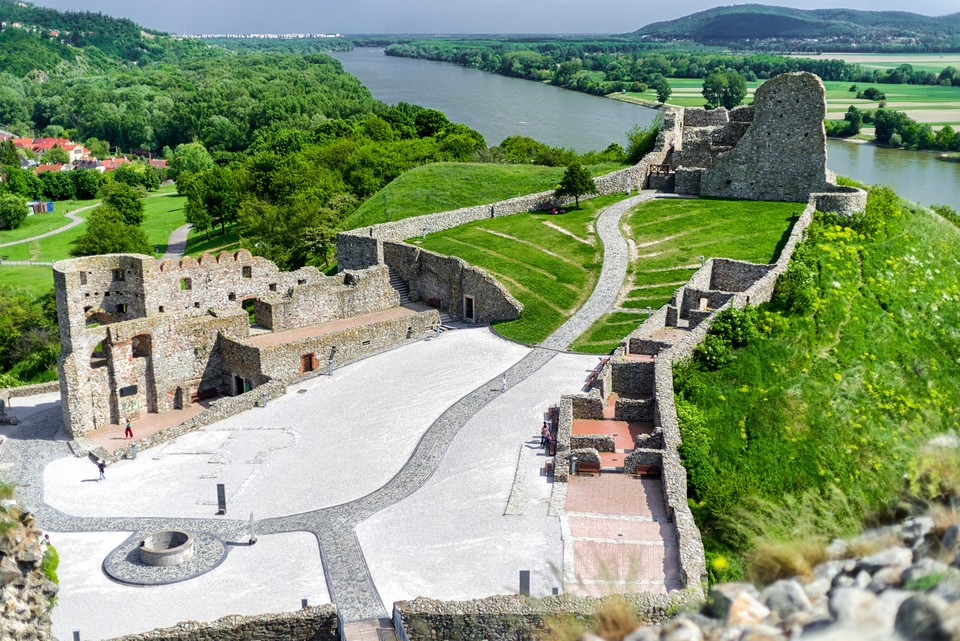
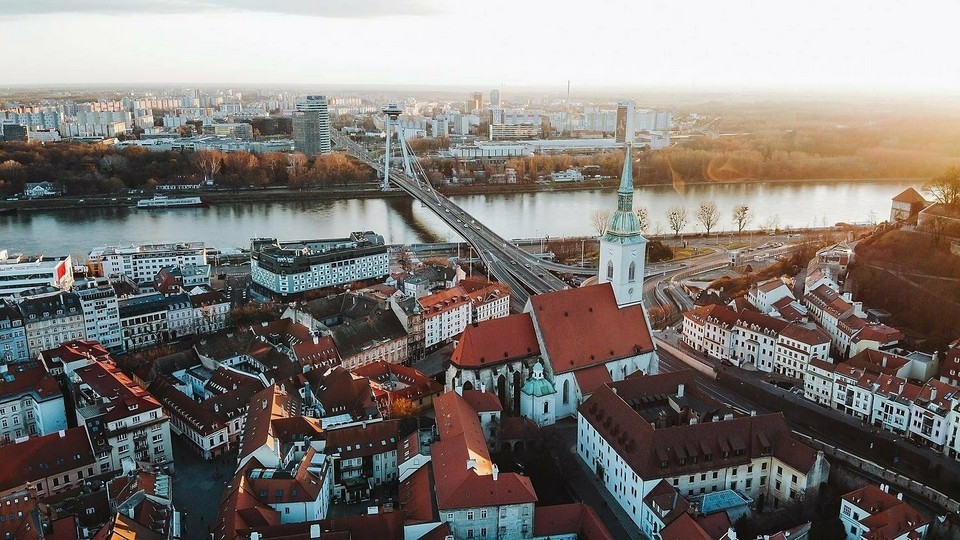
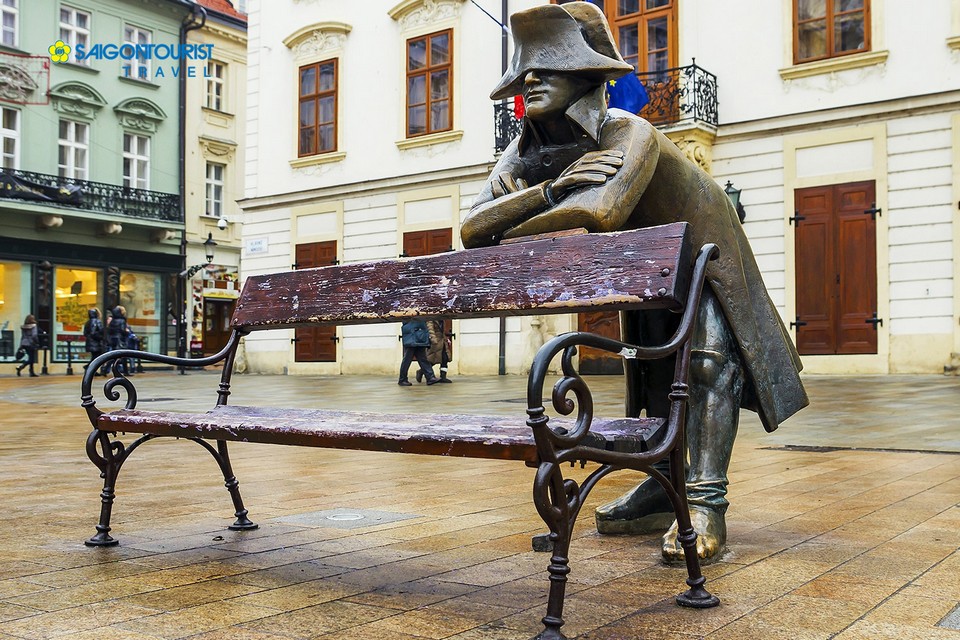
So, is Slovakia worth visiting, how to visit Slovakia, what to do in Slovakia and how to plan a budget trip to Slovakia for the first-time perfectly? Let’s check out our Slovakia travel blog (Slovakia blog) with the fullest Slovakia travel guide (guide to Slovakia, Slovakia tourist guide, Slovakia guide) from how to get to Slovakia, best places to visit, best time to come, what to eat as well as top things to do in Slovakia to help you maximize your trip as follows!
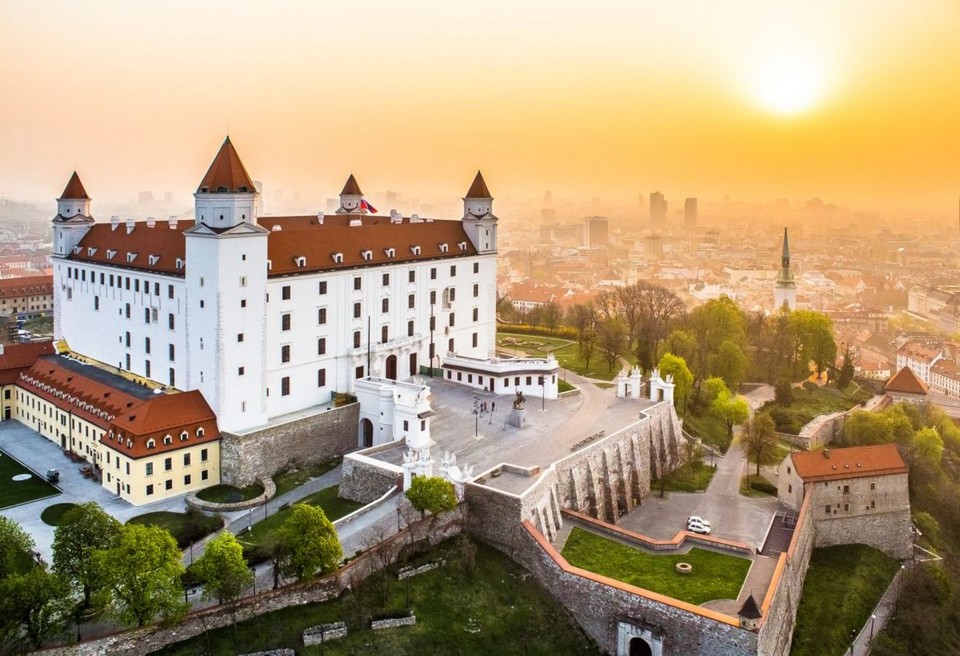
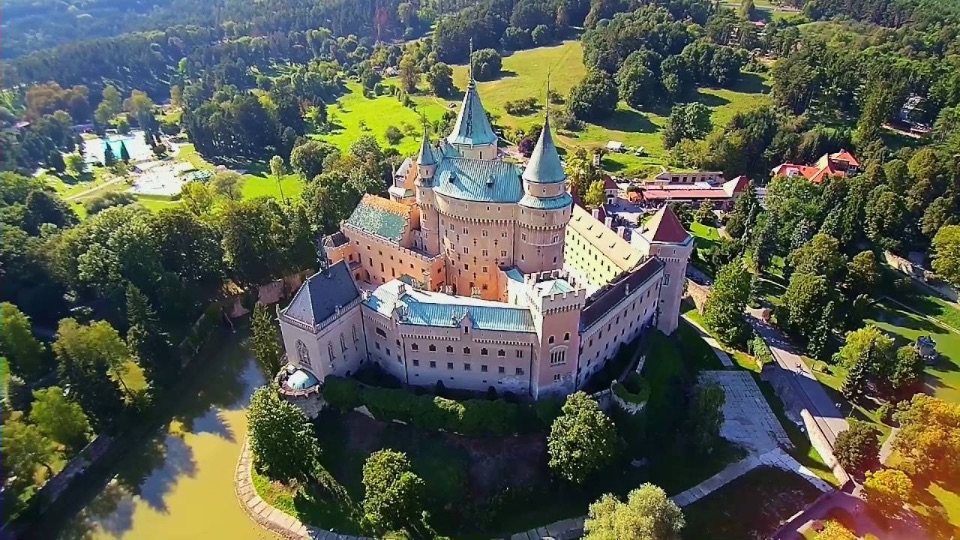
Slovakia owns for itself the clear green color of the vast forests that cover the whole country along with the ancient colors from the dignified and majestic castles dating back to the Middle Ages. Relaxing and enjoying peace are things that everyone will experience when coming to Slovakia.
Overview of Slovakia (#slovakia travel blog)
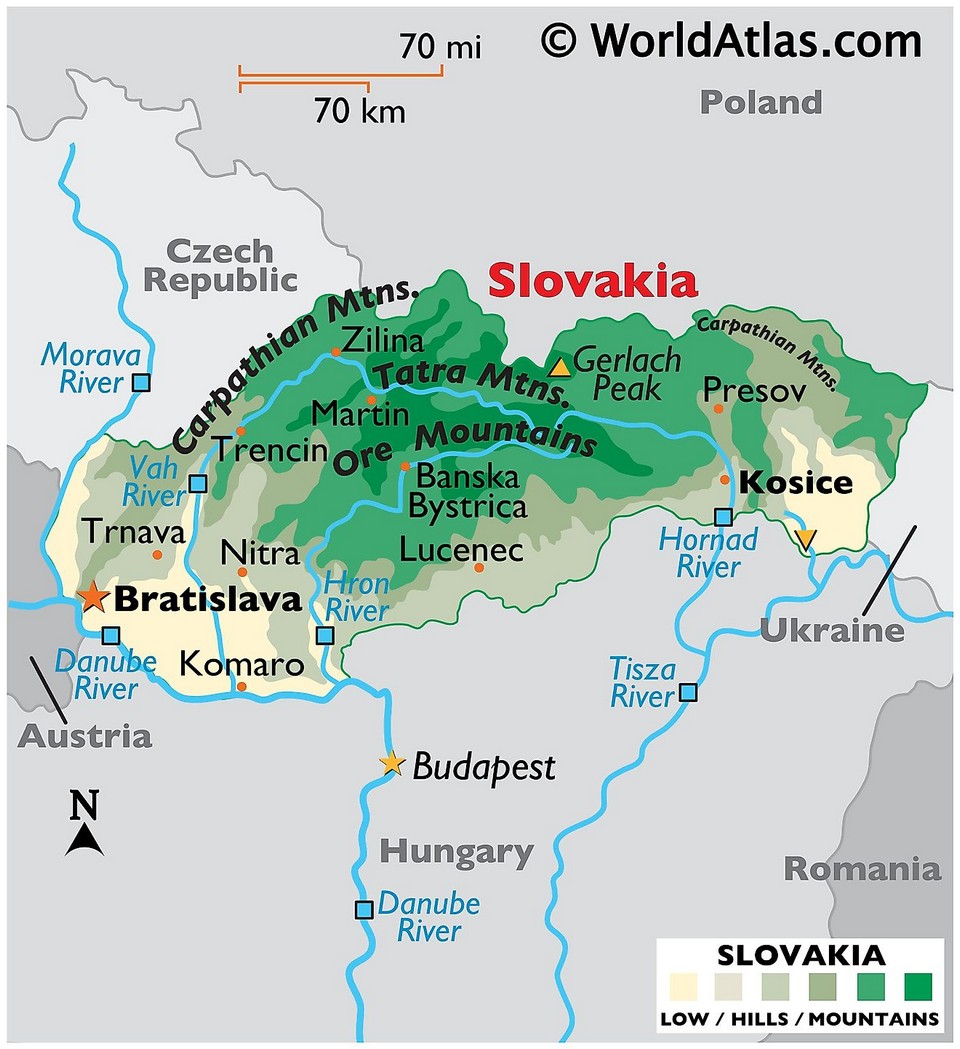
Slovakia is a country born after the 1993 partition of Czechoslovakia. Separated from the Czech Republic (Czechia), each country adopted its own culture and traditions to better define the two regions as separate entities. As a country that encapsulates wonderful landscapes, deep history and distinct cultures, it doesn’t take a long trip to see why the country is more appealing than you might think.
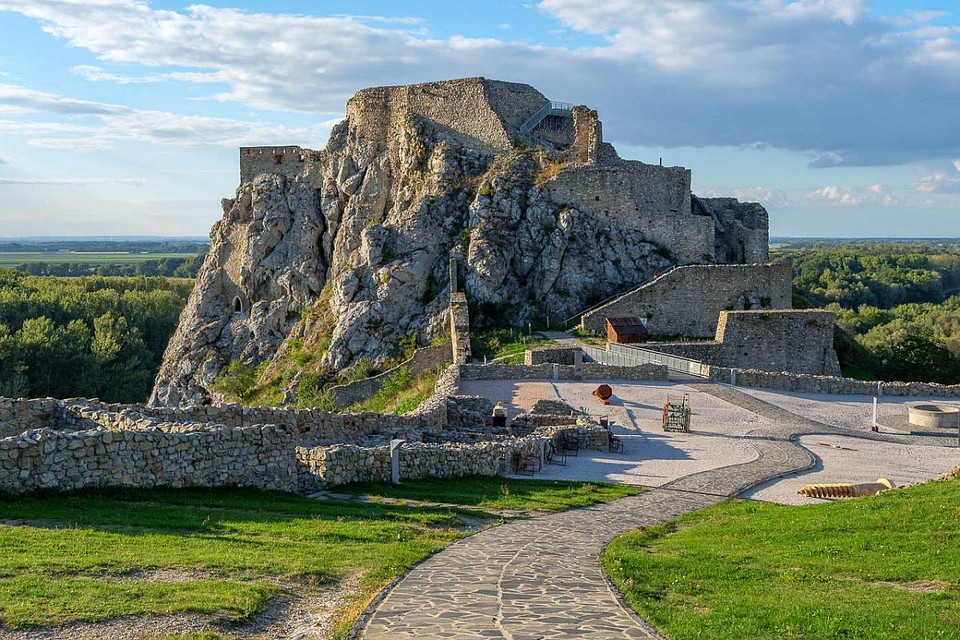
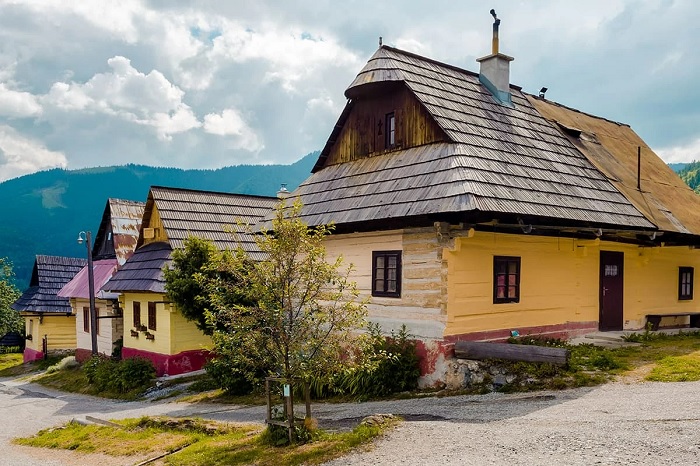
The Slovak Republic has a population of over 5.6 million with Slovak as the main language. The country has been a member of the European Union since 2004 and of the Schengen Agreement in 2007 (The border-free Schengen Area), allowing holders of Schengen tourist visas to freely enter and visit Slovakia.
If you want to travel to Europe but does not like the hustle and bustle here, Slovakia is a worthy choice. This place offers a peaceful and relaxing experience but still has a majestic and magnificent appearance thanks to the antiquity of medieval castles and buildings.
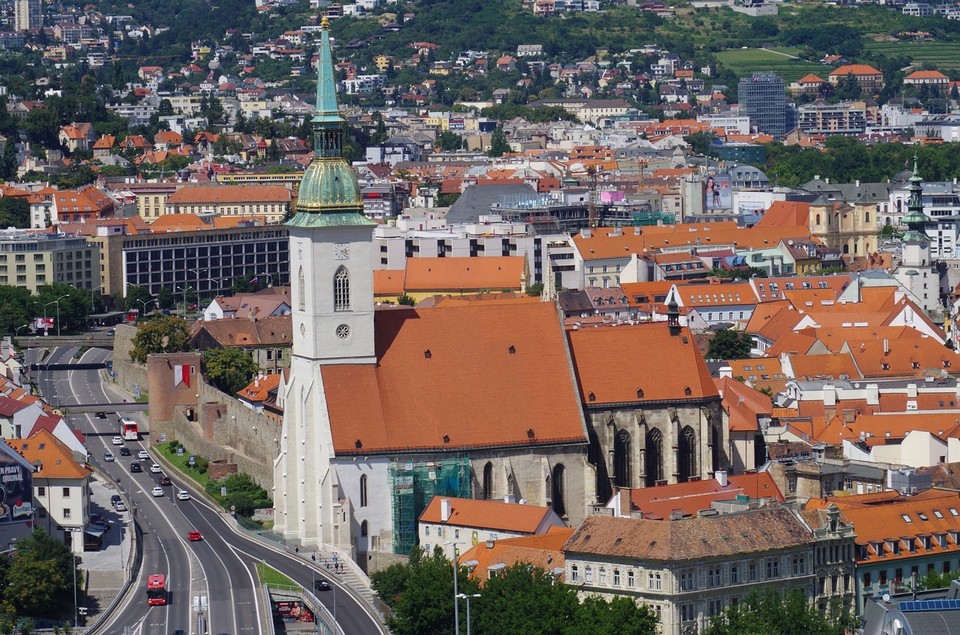
Currently, the country has a modern, a middle-income economy with the fastest economic growth rates in the EU and OECD regions. With an area of only 49,000 square kilometers, Slovakia has preserved hundreds of ancient castles and medieval strongholds and fortresses, along with countless natural wonders such as 6,000 caves, 1,600 hot springs and 9 national parks.
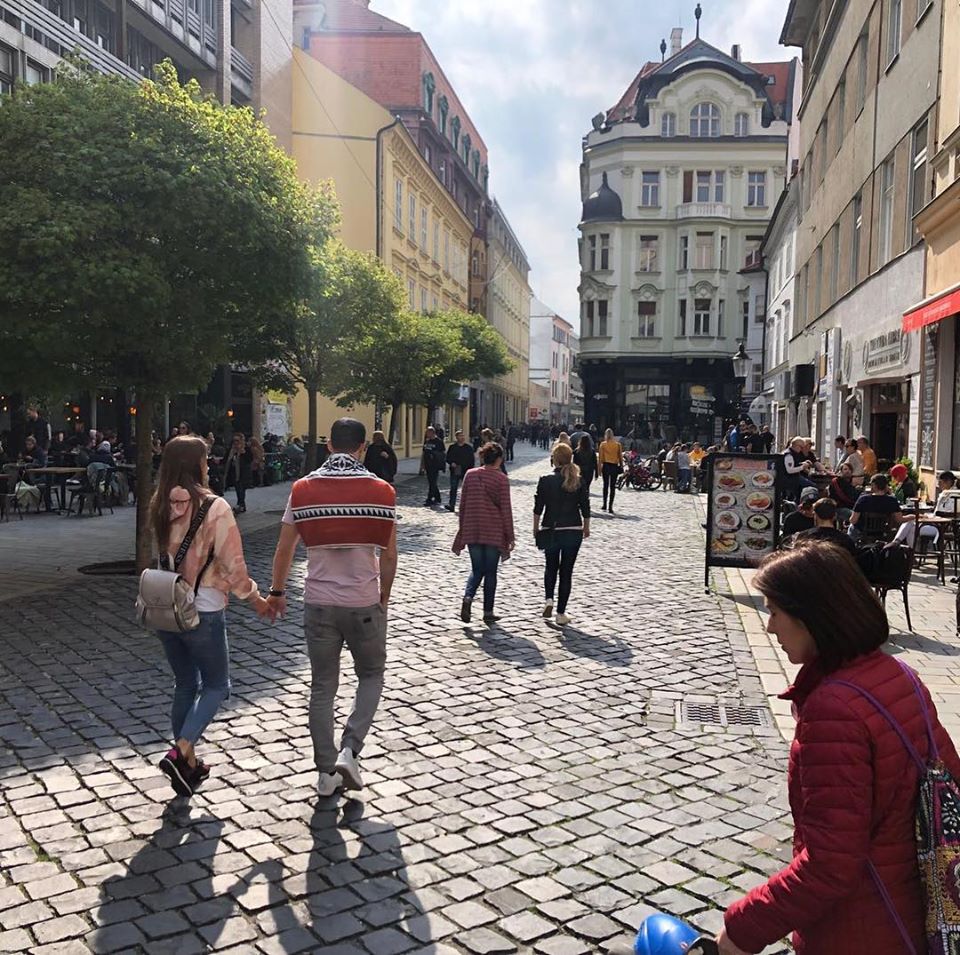
When to come? (#slovakia blog)
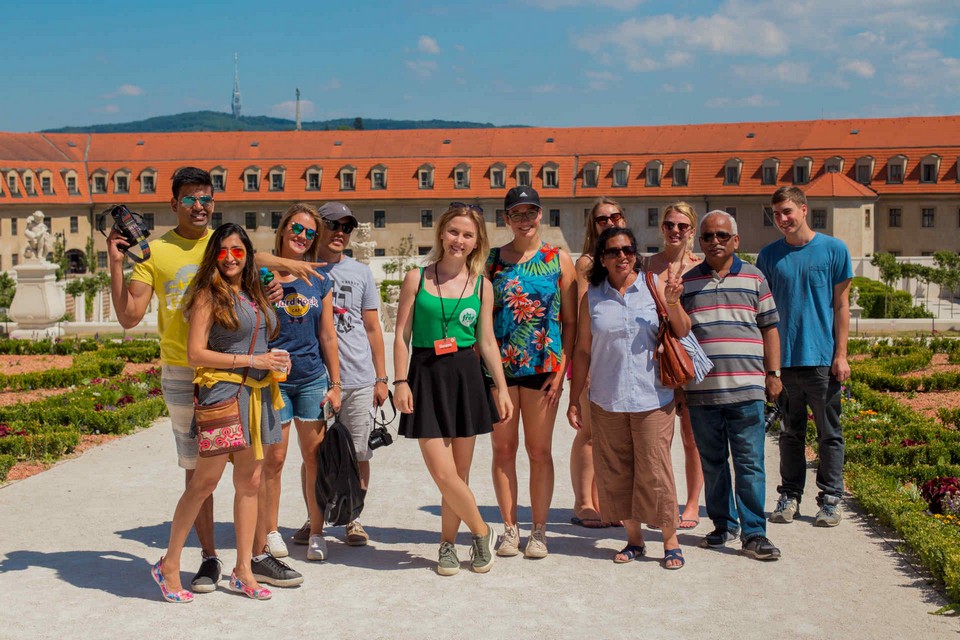
Slovakia’s climate has 4 distinct seasons, the temperature difference between winter and summer is quite large. Summer temperatures fluctuate around 21 degrees Celsius while winter temperatures can drop to -2 degrees Celsius.
Slovakia’s main tourist season runs from May to September every year, with the months between spring and autumn (May-June and September-October) being a great time to visit. The weather at that time is not too hot, moreover the tourist spots were not too crowded, very convenient for traveling and sightseeing.
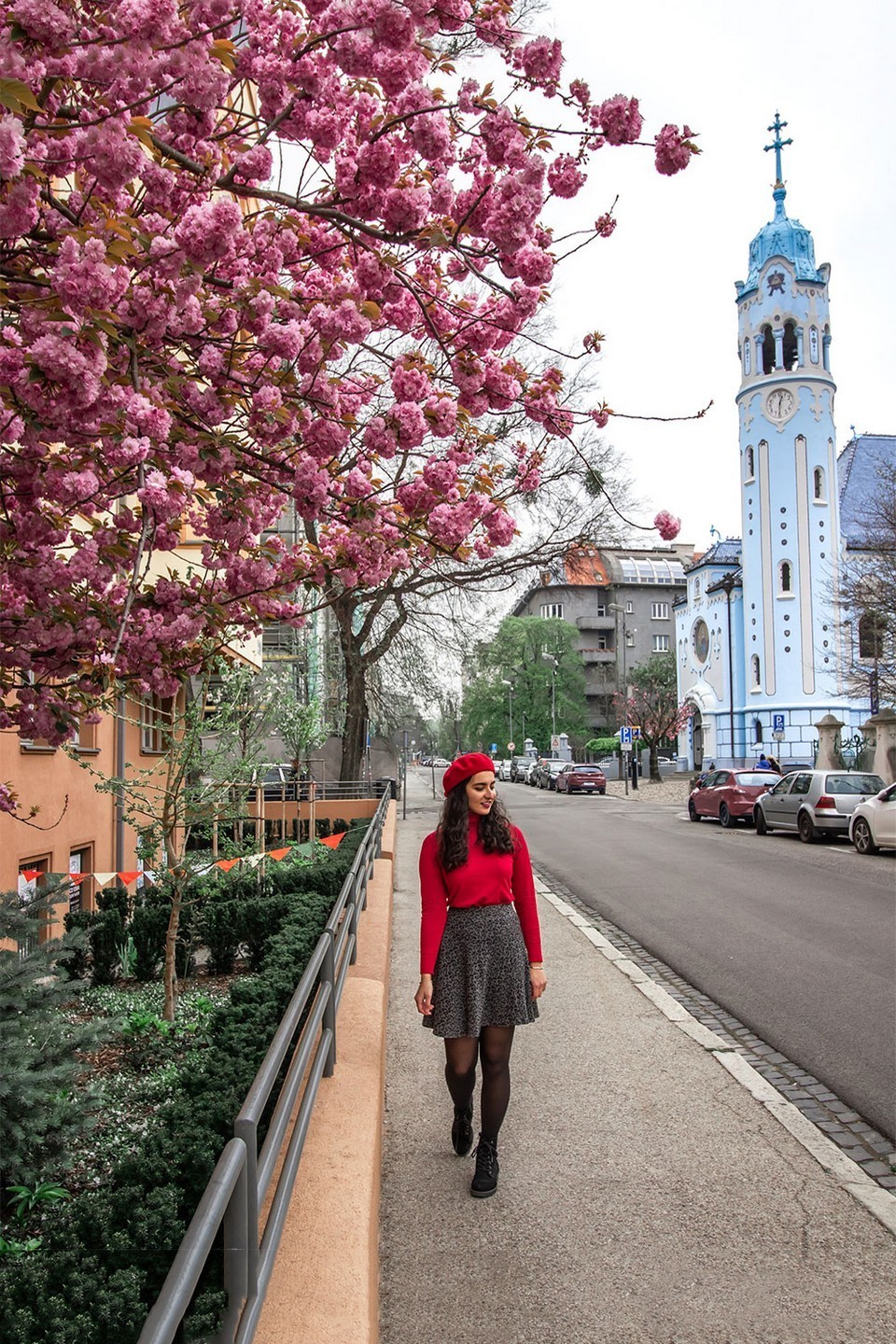
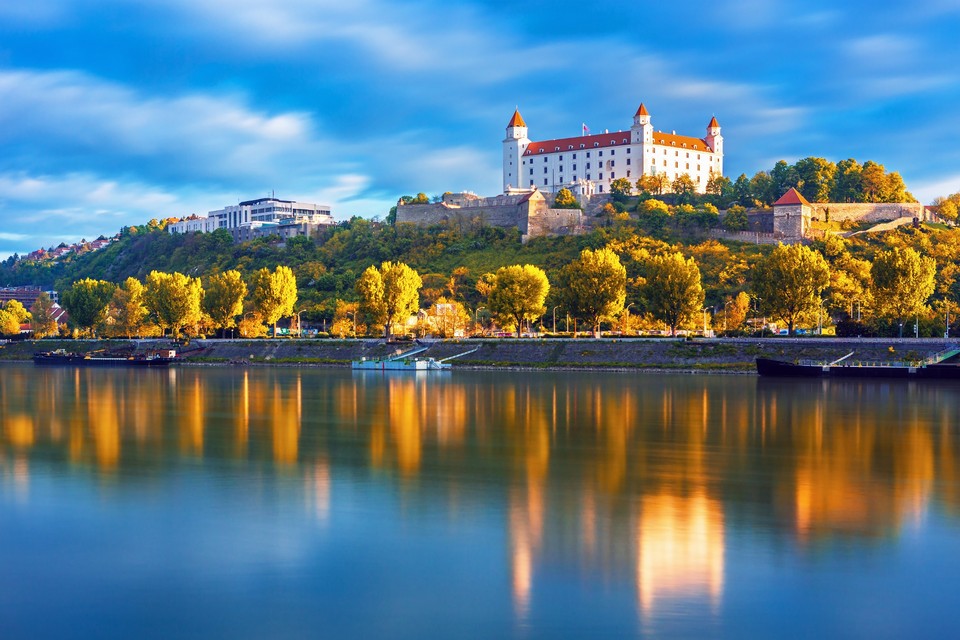
Because of its temperate location, the ideal time to experience Slovakia is in 2 times, from May to September and from December to March.
Slovakia can get quite cold during the winter months and offers few things to do during this time. Fortunately, the warmer months go on for quite a while, giving you a huge window in which to visit and explore Slovakia. From early April to late October, Slovakia is warm enough to make sure the whole country is open to you to explore.
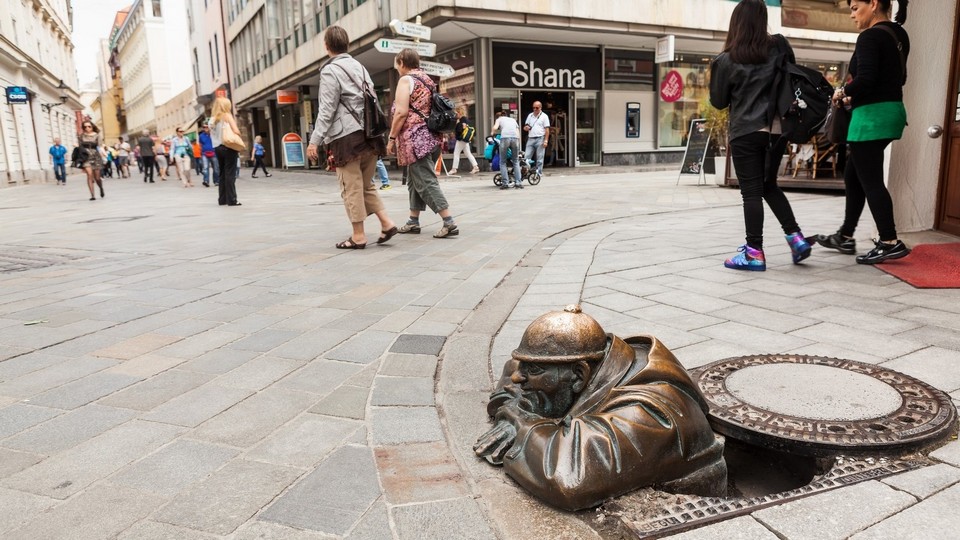
Slovakia often welcomes summer with exciting musical activities such as the Pohoda Festival (an open-air summer music festival ) in July in Bratislava or the Grape Festival in the town of Piestany. Summer is also a good time for climbing, hiking activities, with the most famous place is the High Tatras (we recommend going around August to make sure the snow has melted in the mountains).
If you love sports, especially snow sports, you can choose to travel during the winter break from December to March. The ski resorts will be open at the same time, fully equipped with equipment for rent for visitors to participate in winter activities and sports. Cross-country skiing is one of the popular local sports that you should try.
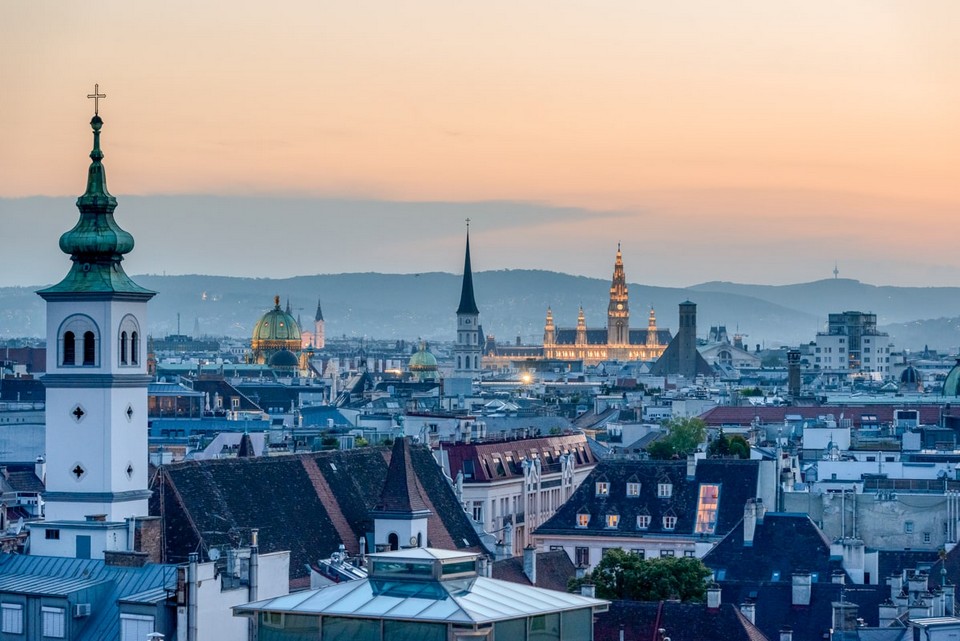
In summer, the weather is cool at no more than 20 degrees Celsius, and in winter, it is extremely attractive with outdoor sports activities.
In addition, Christmas in the West is also a memorable experience. If you come at the right time, don’t forget to visit the Christmas markets in Bratislava and Košice, where many traditional local festivals and atmosphere are kept.
How to get to Slovakia? (#slovakia travel guide)
Plane
From Vietnam, you can land at Milan Rastislav Štefánik International Airport in Bratislava capital via airlines of Vietnam Airlines, Korean Air, Czech Airlines (all of these airlines have to go through 1 or 2 transit times).
The best way to get to the best spots in Slovakia is to fly to Bratislava or Košice, the country’s two largest cities.
You can find lots of direct flights to Bratislava Airport (BTS) and Košice International Airport (KSC) from many major European cities including London, Paris, Amsterdam, Milan, Prague, Madrid and Berlin.
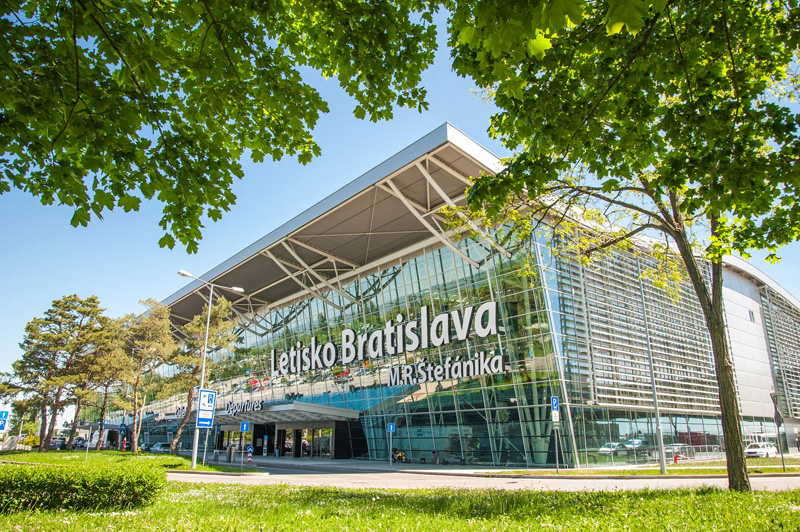
The airport is only 10km from the city center, so after landing, you can take a taxi or take bus number 61 (stop at Central Train Station) to go into the city.
If you travel from neighboring countries to Slovakia, the road will be the most convenient way. Because it is located in the central of Europe, it is easy and fast to traveling from the surrounding areas to here.
Train (#slovakia travel guide)
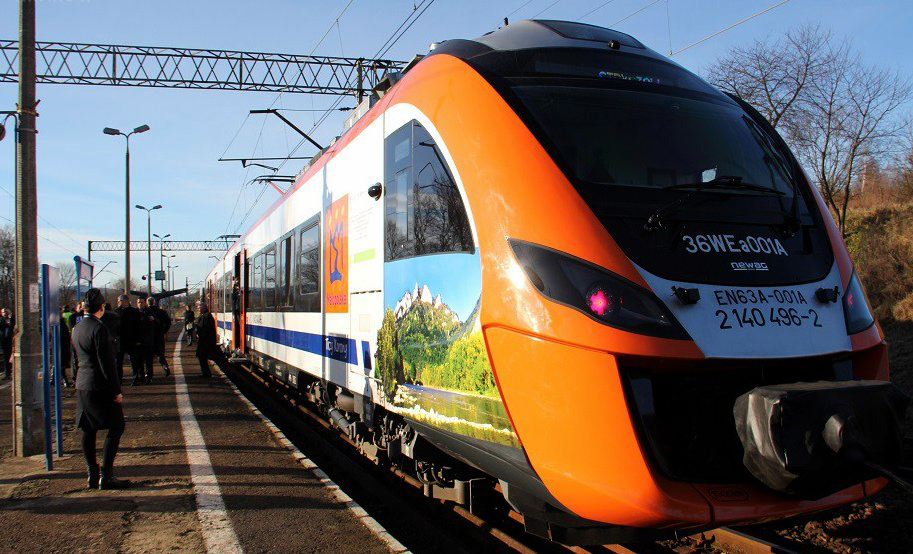
EuroCity trains (from Czech, Poland, Hungary, Austria, Germany, Russia, Ukraine), long-distance cross-country buses (from Poland, Austria, Czech Republic) or even taxis (from Austria) are very popular among tourists on a trip that combines many European countries. But the big downside of going this way is that it takes a lot of time and energy.
In addition, if you land at Budapest airport, you can catch direct bus from there to Bratislava.
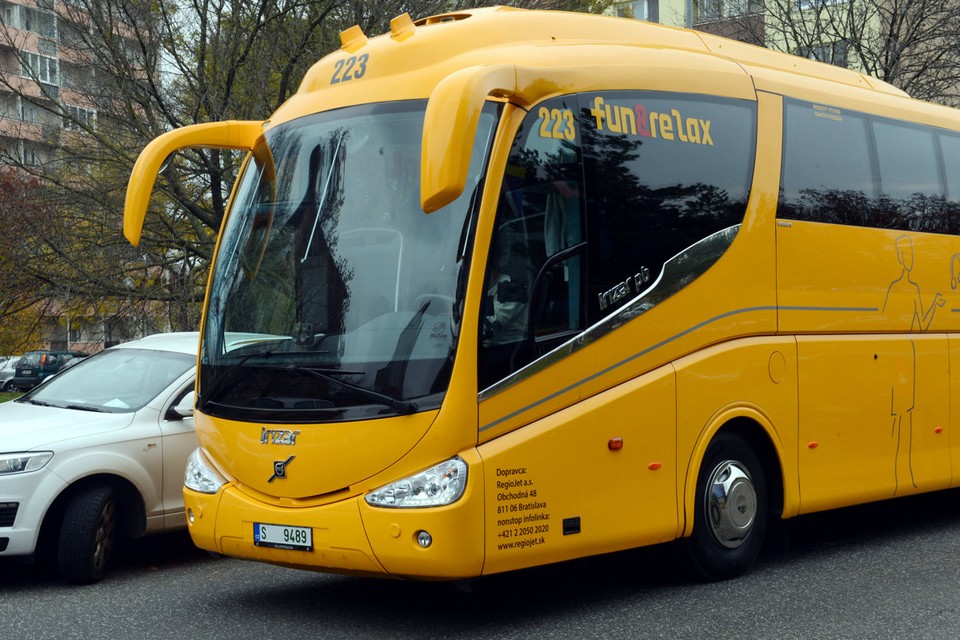
Getting around (#slovakia blog)
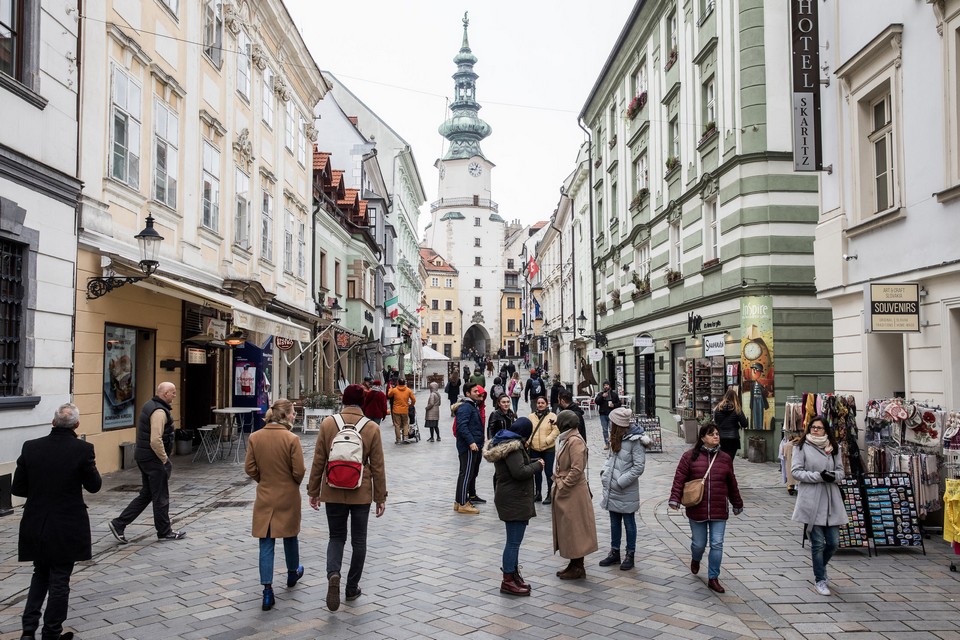
There are no domestic flights in Slovakia, use a car, train or bus to travel between cities. Slovakia has the eighth most dangerous roads in Europe. Ferry service is available between Bratislava and Budapest or Vienna. Buses and trams are available in major cities. Taxis often have higher fare than usual.

Where to go and what to do?
Visitors to Slovakia often come to explore Bratislavas quaint old town, its war-scarred fortresses, impressive mountains and stately castles. For a trip that combines outdoor adventure with cultural discovery, this is the place for you! While Bratislava would be the stop for most visitors, the northernmost High Tatras range is also a must for adventurers. Košice offers an attractive stay en route to the Tokaj wine region in Slovakia’s sparsely populated east.
Bratislava (#slovakia blog)
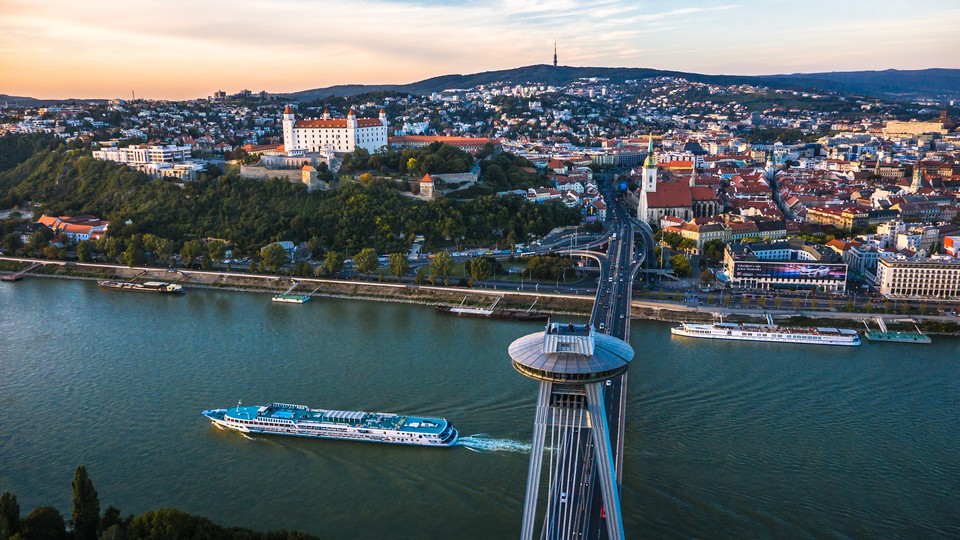
Bratislava city – the capital of Slovakia is a place you definitely cannot miss when traveling to this country. One of the typical architectural works of the city is Bratislava castle located on the 85m hill. With famous attractions such as Bratislava castle, Danube river cruise, Devín castle, Rusovce villa… you will discover both the unique history and culture here.
The magnificent and ancient beauty of the Bratislava castle is seen from afar as a majestic guarding monument for the city, on the other side, the castle’s shadow is reflected in the calm water of the Danube River below, creating a majestic but tranquil setting.

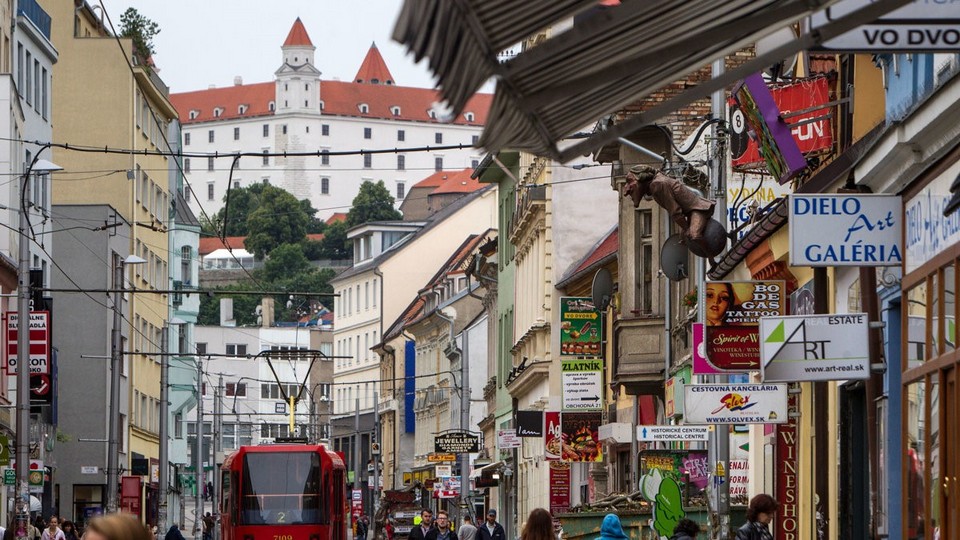

Once here, wander through the old town and explore the areas of Michael’s Gate and Old Town Hall. Afterwards, head to the stunning Bratislava castle and see the city from above. It’s where you can spend a good few hours, so plan your time wisely. In addition, visitors can visit the Blue Church and the Presidential Palace.
If you are a history lover, take a short trip from the historic center to explore Devin Castle. The area has been inhabited since Neolithic times, making it a rather special place to visit.

Parks, green lakes and winding small streets also add to the peaceful life, where you will be freed for walking every afternoon watching the city light up. In addition, the old town, Devín castle, Rusovce villa are other famous places in the city you can visit.
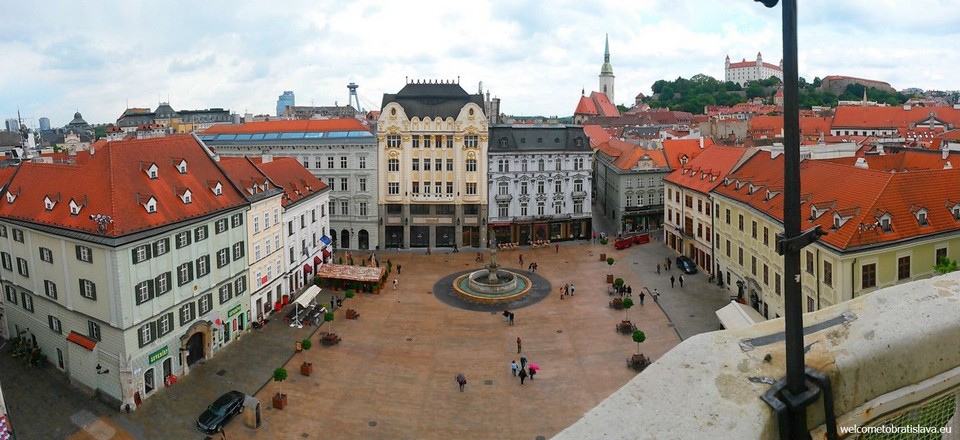
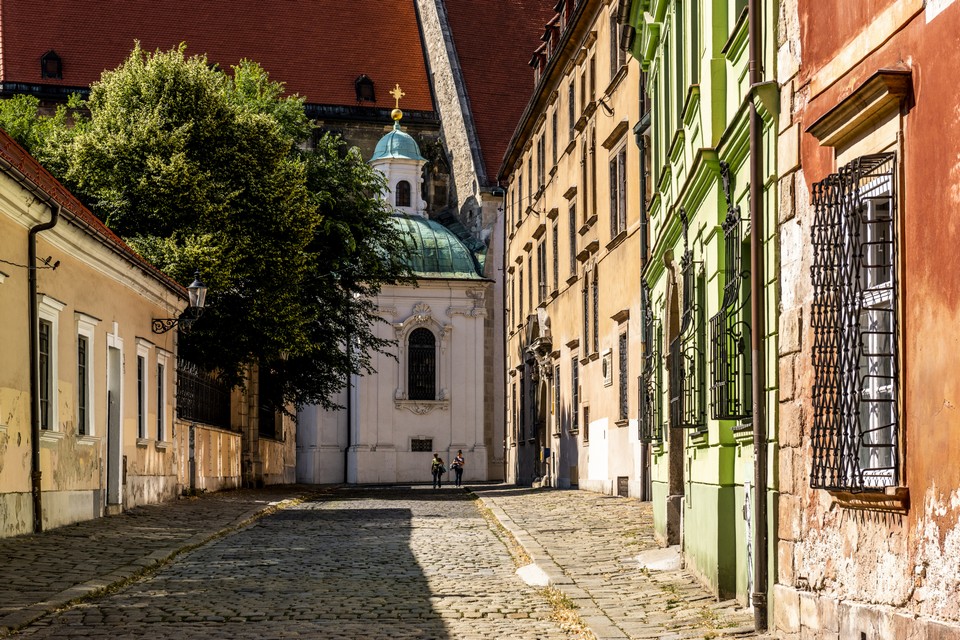
Bratislava, the capital of Slovakia is centrally located 1 hour from Vienna or 3 hours by train from Budapest. So ideally include your Central European itinerary with Bratislava when visiting Austria or Hungary.
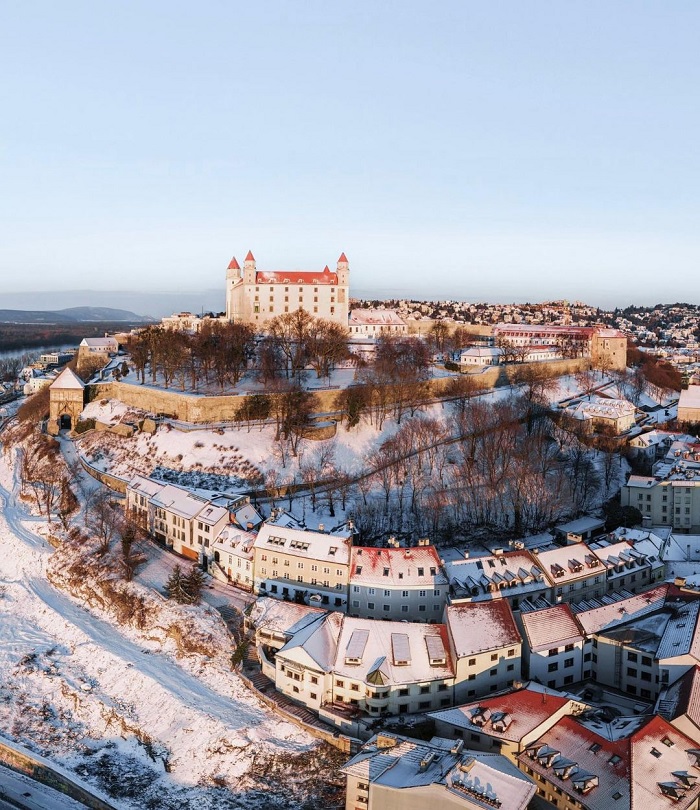
High Tatras National Park (#slovakia tourist guide)
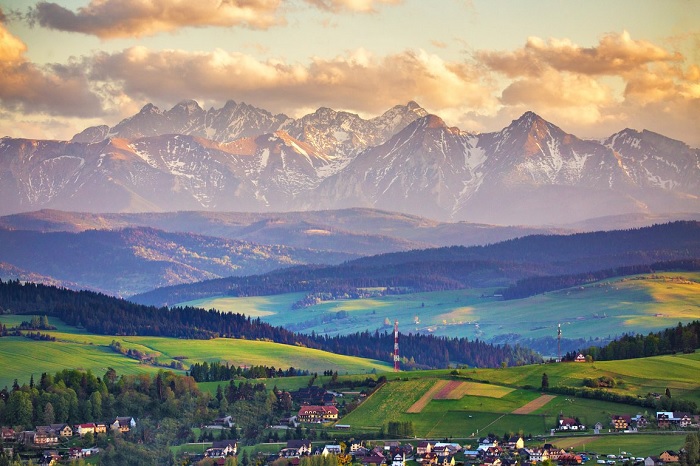
The National Park of the High Tatras (Vysoke Tatry) is a beautiful mountainous region in the north of Slovakia that is well worth a visit. Plus, it’s an area you really can’t miss when exploring a country with diversity in terms of terrain like Slovakia.
This majestic alpine range and sparkling alpine lakes are easily one of the best places in Slovakia if you are a nature lover. Divided into Western Tatras, High Tatras and Belianske Tatras, there are many different landscapes and geological settings for you to admire.
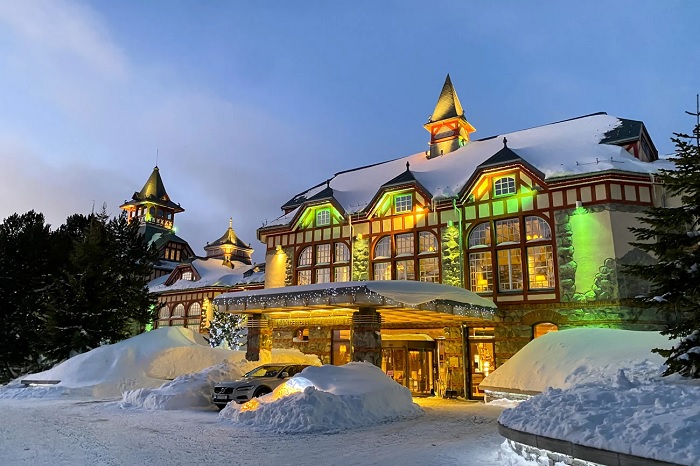
Tatras is a mountain range located on the border of Slovakia and Poland where mountaineers often hiking through its valleys and peaks (Kriváň, Rysy, Gerlachovský peaks) for sightseeing.
When winter comes, this area attracts people to come here for skiing and vacationing. The two most famous ski runs are Areál (Štrbské pleso) and Skalnaté pleso.
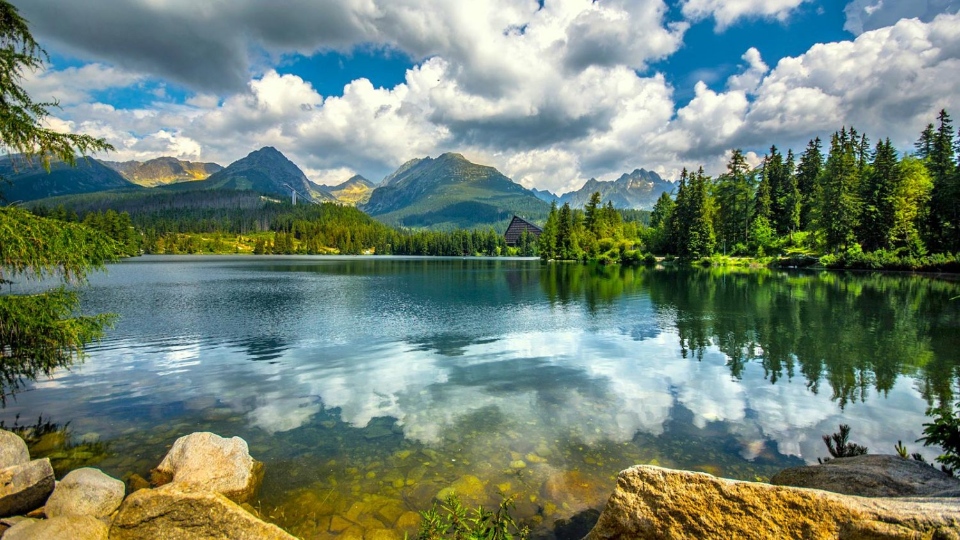
The North Spiš region also preserves a lot of historical architectural works of previous eras such as: monastery (Červený kláštor), castle (Kežmarok, ubovniansky) or the Town Monument reserves (Spišská Sobota, Kežmarok, Podolínec).
The mountain range is blessed with lush green vegetation stretching throughout the mountain range. Under the mountains we will encounter a large natural lake, many tourists often love to visit this lake because of its beautiful turquoise color.
You’ll find plenty of trails, and if you want to explore hiking, always follow the main routes. If you don’t like hiking, take the cable car to the top of Lomnicky Stit. Alternatively, explore Lake Pleso or take a dip in one of the heated pools at Tatralandia or Besenova water parks.

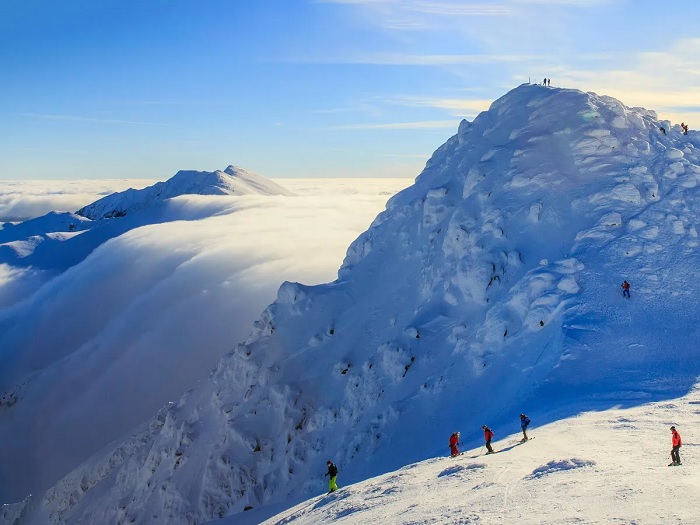
You should come here in winter because you will be able to ski at two famous slides, Areál (Štrbské pleso) and Skalnaté pleso, and experience the cold air and appealing winter nature here.
The Propad is part of the High Tatras Mountain area and is often considered the ‘gateway’ to this stunning region. The area is easy to visit and you can visit the 13th-century Gothic cathedral, the Renaissance bell tower and the Tatras Museum, all within walking distance.
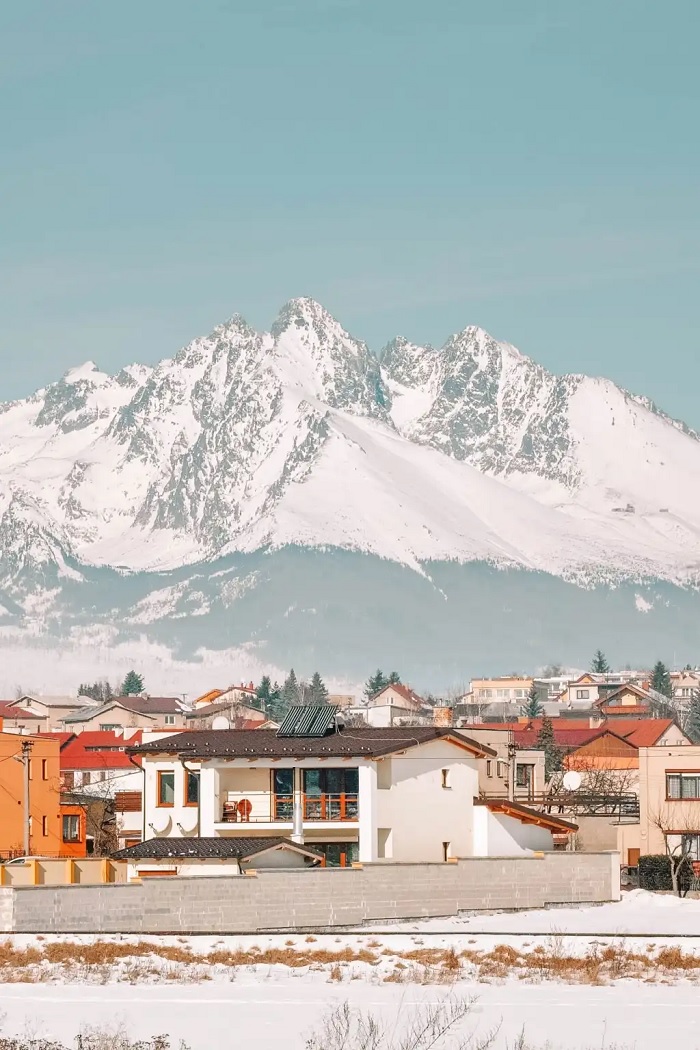
Kosice
Kosice is the second largest city in Slovakia and is located close to the Hungarian border with cobbled streets and gothic churches. All this makes it easy to visit if you are exploring both countries and looking for a stop on the way. With its deep and rich history, you will be transported back to the medieval time, as well as the gothic churches of great beauty.
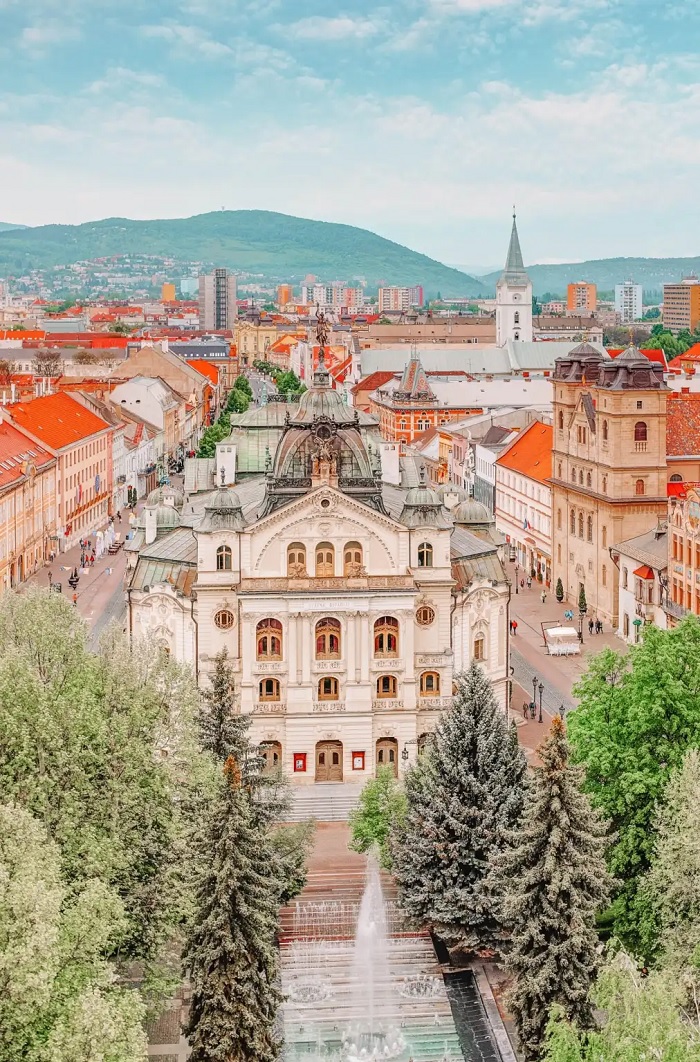
Designated as the European Capital of Culture in 2013, Košice is the second largest city in Slovakia and the eastern center of the country. Although there are only about 240,000 inhabitants, Košice is full of museums, galleries, exhibitions and theaters. The architecture around the city is absolutely stunning, especially the impressive Church of St. Elisabeth. Stroll down the main pedestrian-only street, where churches, aristocratic palaces and modern fashion boutiques line the sidewalks. To be sure to visit the beautiful Kosice palace and the historic Spis castle.
Spiš Castle
Moving near the Polish border there is another interesting place, which is the Spiš castle. The castle covers an area of more than 4 hectares, is a national cultural monument included in the UNESCO World Heritage List in 1993 and is also one of the largest castles in Central Europe.

This medieval structure built on a hill near the 12th-century town of Spisske Podharadie was the residence of the Spis clans and the Hungarian kings. Inside the castle are many collections of the history of Spišské and medieval weapons.
You can visit the surrounding village landscape by following the Sivá Brada – Dreveník footpath, which has signs indicating the location of hills and natural landscapes.
Note: Spi Castleš Castle is only open from May to September (9am-7pm). Entrance fee 5 euros/person.
In addition, you can visit nearby attractions that are equally old as Spiš castle such as: monastery (Červený kláštor), castle (Kežmarok, ubovniansky), Town Monument reserves (Spišská) Sobota, Kesmarok, Podolinec).
Liptov

If you see Slovakia as a crown, the Liptov region would probably be one of the brightest jewels attached to that crown. Liptov is the most visited province in Slovakia, especially in winter, because the country’s largest ski resort – Jasná is located here. If winter sports don’t appeal to you, the Liptov region also has the Tatralandia Aquarium, one of the largest water parks in Central Europe, or the ancient village of Vikolínec, a UNESCO World Heritage site.
Žilina (#slovakia travel blog)
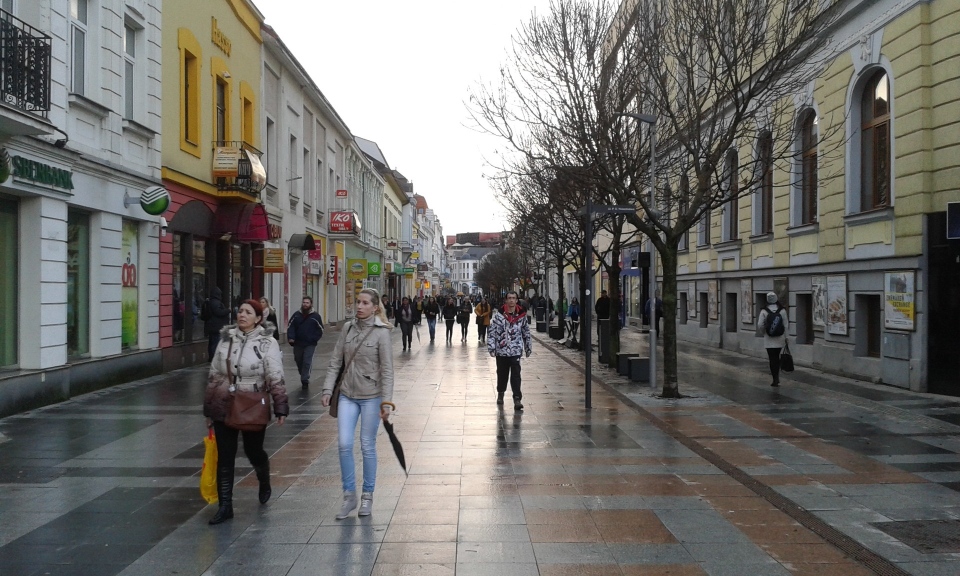
Located near the border with the Czech Republic and Poland, the city of Žilina is famous for its old town with its many beautiful churches peacefully and its geographical location that allows you to see the nearby Mala Fatra mountain range. Not only is it a great place to immerse yourself in history and art, Žilina is also well-suited for hiking and climbing activities or more extreme sports like paragliding.
Bojnice
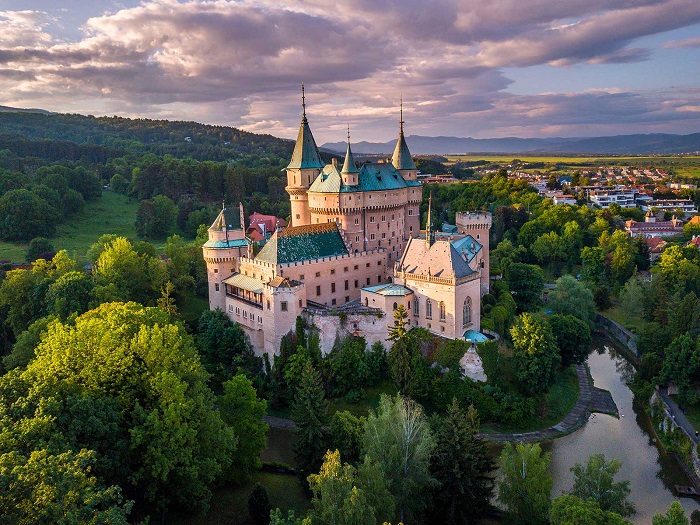
Slovakia has some wonderful castles, but none are more beautiful than the one in Bojnice. The fairytale castle with high stone walls, narrow windows and green spire surrounded by lush green forest. It’s a real fairy tale castle and one of the most important Slovakian monuments that you must see while in the area.
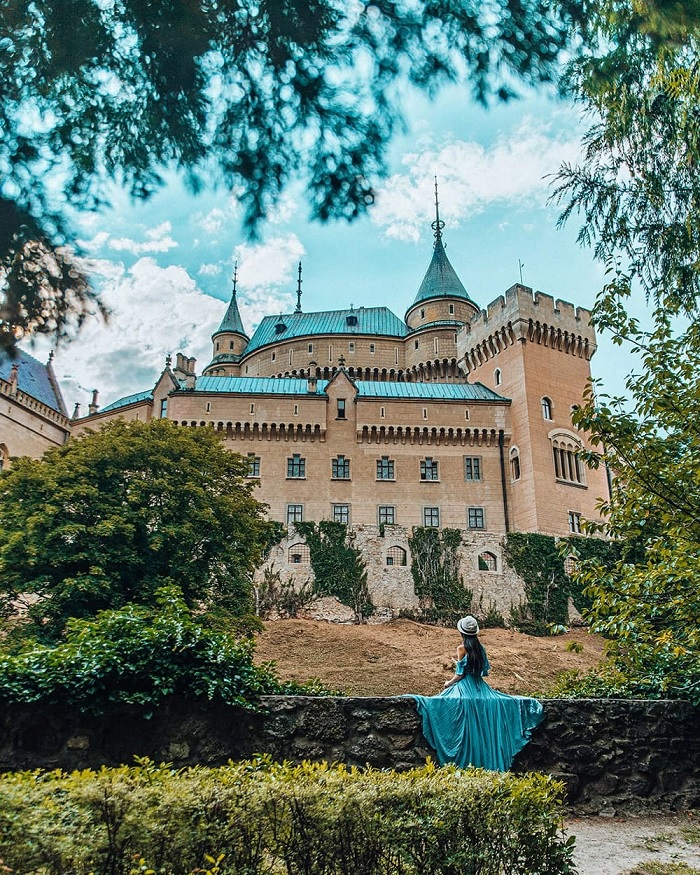
The historic town of Banská tiavnica
Set among the forests around Mount Tiavnické and included in the UNESCO World Heritage List. It was once known as the “silver town” because of the abundance of silver mines in the mountains surrounding the town. However, the last mine closed in 2001 and the other mines are now on display for sightseeing purposes only.

In the Middle Ages, the Town of Banska Stiavnica was famous for its mines specialized in the extraction of silver and gold. By exploiting this, the town was profitable, people’s lives become richer lives. Evidence of this lifestyle can be seen in the collection of opulent castles and palaces that fill the town center. The town of Banska Stiavnica is one of the best preserved architectural structures and the town has become one of the major cultural centers of the community. In terms of nature, it has the Stiavnica mountain range with beautiful scenery.
The town with many unique architectural works that will be very attractive to architecture or history enthusiasts such as: Old Chateau castle, New Chateau castle, Trojičné namestie square, Radničné namestie square, Gothic cathedral of St. St. Catherine, town hall, Hellenbach House, Kammerhof building.
Old town of Bardejov
One of Slovakia’s oldest towns has a Gothic style and was inscribed on the UNESCO World Heritage List in 2000. The old town here is still preserved intact architectural style, rows of houses with the same facade surround the central square of Radničné.
The square area is also home to typical buildings such as the town hall built in the 16th century, the Egidius Cathedral, the Franciscan Monastery.
Bardejov is known as an ancient town with houses close together, built in the architectural style of old European houses. One of the things that visitors notice when coming here is the fortresses built in the Middle Ages. But thanks to good preservation, these fortresses have kept their shape until now. The landscape here is naturally endowed with a gentle and elegant beauty, giving visitors a feeling of relaxation.
Referring to the famous landmarks of Slovakia, the name Bardejov cannot be ignored. This town possesses many cultural relics that are still preserved intact and was recognized by UNESCO as a World Heritage Site in 2000.
Kezmarok
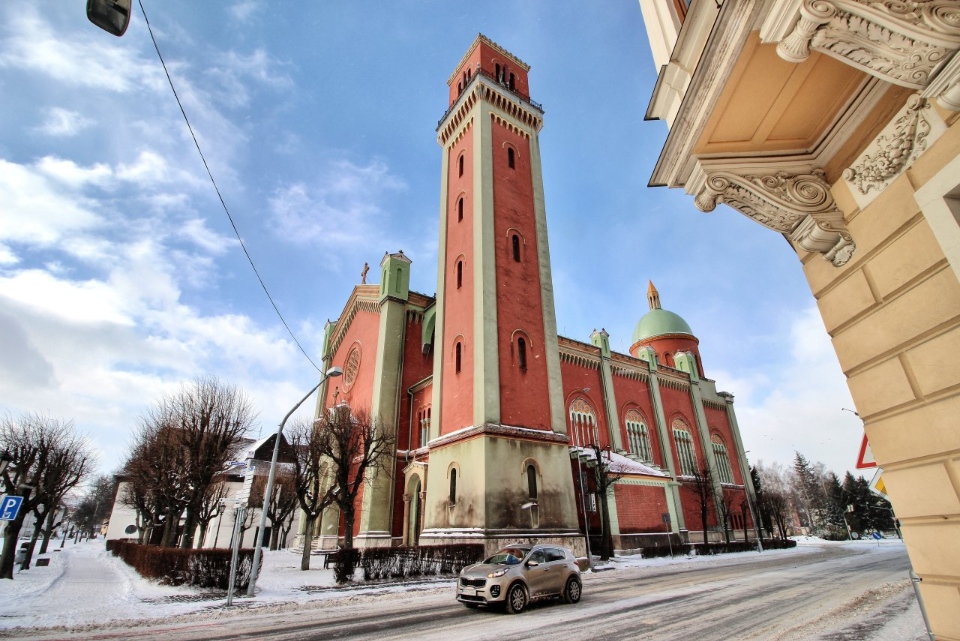
Kezmarok located at the foot of the High Tatras mountain. The Protestant Church is the pride of this town. The entire space inside the church is designed entirely of wood, picturesque, established in 1688.
Kezmarok was recognized by UNESCO as a World Heritage Site in 2008.
Vlkolinec
Vlkolinec village was recognized by UESCO as a world cultural heritage in 1993. The village appears with wild and rustic beauty but no less dynamism because of the prominence coming from the colors. In addition to the ancient architecture of the village, a special feature is also the bell tower made of wood from the 17th century at the junction, the center of the village. It is considered as a symbol of the ancient village of Vlkolinec and is the main community space of the village.
Caves
The Dobsinska Ice Cave is covered with ice year-round and is considered one of the most remarkable ice caves in the world. Ochtinska Cave is one of only three caves in the world with rich natural decoration of aragonite – the other two are located in Mexico and Argentina.
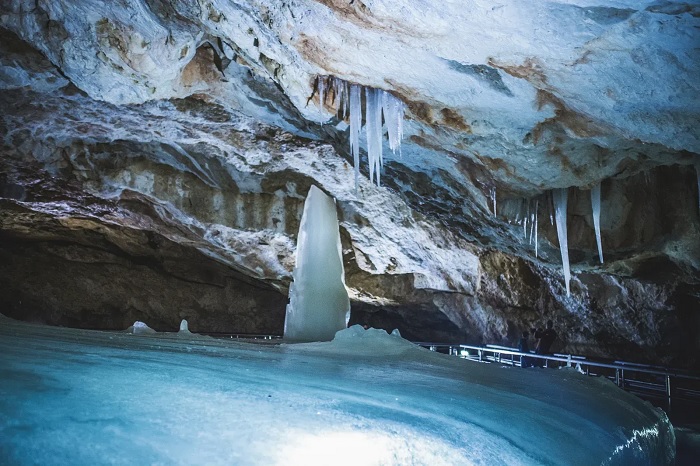
Domica Cave is part of a 25 km long cave system that ends in Hungary. When the water table is high enough, you can row a small motorized boat down the underground river as far as Hungary’s Baradla cave.
Those are just three caves, in addition the country there are more than 7 thousand caves and you can visit 12 of them.
What to eat?
Slovak cuisine like other Central European countries, focuses on meat and dairy. Slovak food was born out of a need for affordable, high-energy fast meals for farmers, ranchers and workers. Lovers of greens should prepare their own: vegetables are not abundant or varied in Slovak food.

Dishes include pork buns, pierogi dumplings, sauerkraut soup, bread with meat or jam, and goulash soup. While in Bratislava you will be able to find many famous fast food and restaurant chains.
Bryndzové
Bryndzové is a high quality, creamy, soft, locally produced sheep cheese. Although this cheese is also produced in neighboring countries, each country has its own special recipe, and the Slovaks are especially proud of their flavor. Cheese is often served with potato dumplings, very similar to Italian gnocchi. Finally, to create the best possible combination, pieces of smoked bacon and sausage are often placed on top.
Bryndzové halušky

Having traveled to Slovakia, it is impossible to ignore Bryndzové halušky (dumplings with sheep cheese), the national dish of Slovakia. The dish is made from crispy French fries, adds a little cheese flavor typical of Slovakia, onion and if you like, you can ask to add smoked meat to this dish.
Jaternice sausage
When you come across this dish, you must be surprised and ask why it is similar to pork sausage in Vietnam, right? In fact, Jaternice pork sausage is also made from all pig ingredients to make pork sausage, but thanks to the new recipes of the residents here, the dish has a unique taste completely different from that in Vietnam or in South Korea. When traveling to Slovakia, remember to order Jaternice pork sausage to feel the delicious taste.
Kapustnica Soup

Kapustnica’s main ingredient is sauerkraut, cooked in a rich broth with potatoes, mushrooms, bacon and other ingredients, and served with bread. The traditional favorite dish on Christmas Eve of the Slovak people you should try it once.
Sauerkraut soup appears at every traditional Christmas dinner, but is also enjoyed year-round as an appetizer before the main meal.
Vyprážaný syr
This is fried cheese served with french fries and tartar sauce. This dish usually uses Edam cheese and is best served with a cup (several) of Velký Pivo.
Palacinky (Slovak Crepes Suzettes)
Here is another version of crepes with all sorts of lovely ingredients. The thin crepe and melts in your mouth when served with homemade apricot jam. Strawberry jam, hazelnut spread, powdered sugar and cinnamon are other popular fillings.
What to buy?
Wine
Slovakia has up to 6 wine-producing regions in the southern territories. You can choose from many different wines to bring back as gifts such as red wine, white wine, rosé of famous brands Frankovka Modra, Rulandske Biele, Alibernet.
Slovakian corn husk dolls
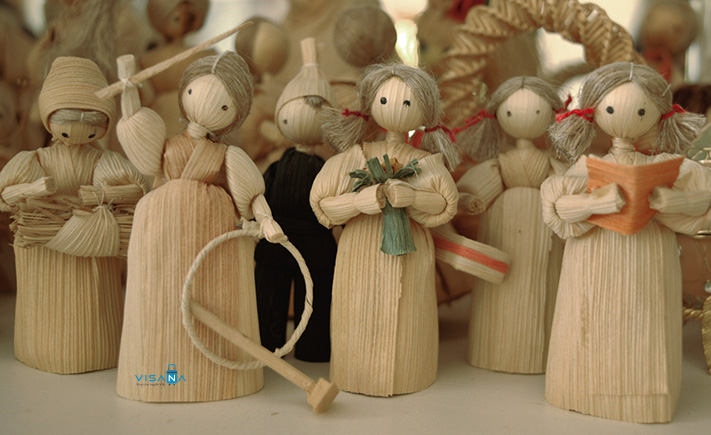
This is an item that shows the ingenuity and boldness of the Slovak tradition. These dolls are often dressed in the traditional costumes of this country.
Dolls made from corn husk are handmade toys with bold traditions of local agriculture. The corn leaves are dried and trimmed into dolls of different shapes, simulating daily activities and wearing traditional costumes of the local people.
Clothing
Embroidered clothes will be a very suitable gift for women. Products of tops, pants, skirts, towels, towels, etc. embroidered with brocade motifs or traditional patterns very meticulously and delicately. You can find this fabric at the Parta shop (bratislava and Detva cities).
For women, this is probably one of the most suitable options. From T-shirts and tank tops to skirts, you can find fashion products with unique and vibrant patterns in every corner of Slovakia, so be sure to browse a few stores to compare. Compare price and quality before deciding to buy.
Tatra tea
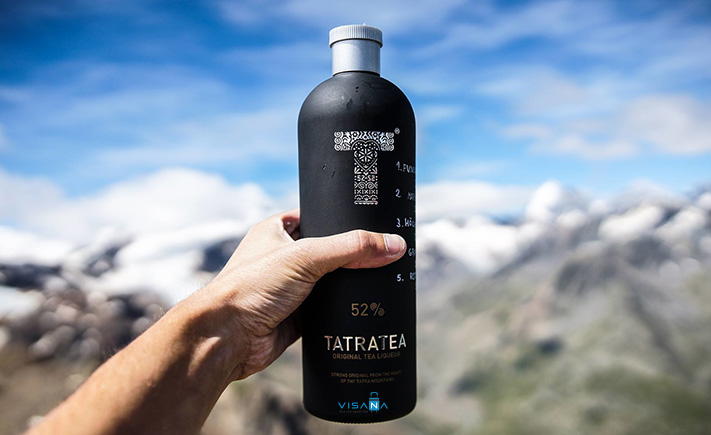
In Slovakia, Tatra tea is not a regular tea but an herbal flavored tea containing alcohol. The strongest can contain up to 72% alcohol and there are 11 different flavors to choose from. The combination of tea, herbs and alcohol helps to keep the body warm, often used by indigenous people in winter or when hiking.
Horalky

This is a familiar snack of Slovak people, with many flavors from chocolate, milk, coconut or hazelnut.
Where to stay? (#slovakia tourist guide)
For convenience of traveling you should stay in Slovenia’s capital Bratislava. Below we recommend more best budget, mid-range and upscale hotels with good ratings and reviews you can refer to.
- Radisson Blu Carlton Hotel, Bratislava (Check rates on Agoda.com or Booking.com).
- LOFT Hotel Bratislava (Check rates on Agoda.com or Booking.com).
- Marrol’s Boutique Hotel Bratislava (Check rates on Agoda.com or Booking.com).
- Hotel Danubia Gate Bratislava (Check rates on Agoda.com or Booking.com).
- Hotel Devin (Check rates on Agoda.com or Booking.com).
- Sheraton Bratislava Hotel (Check rates on Agoda.com or Booking.com).
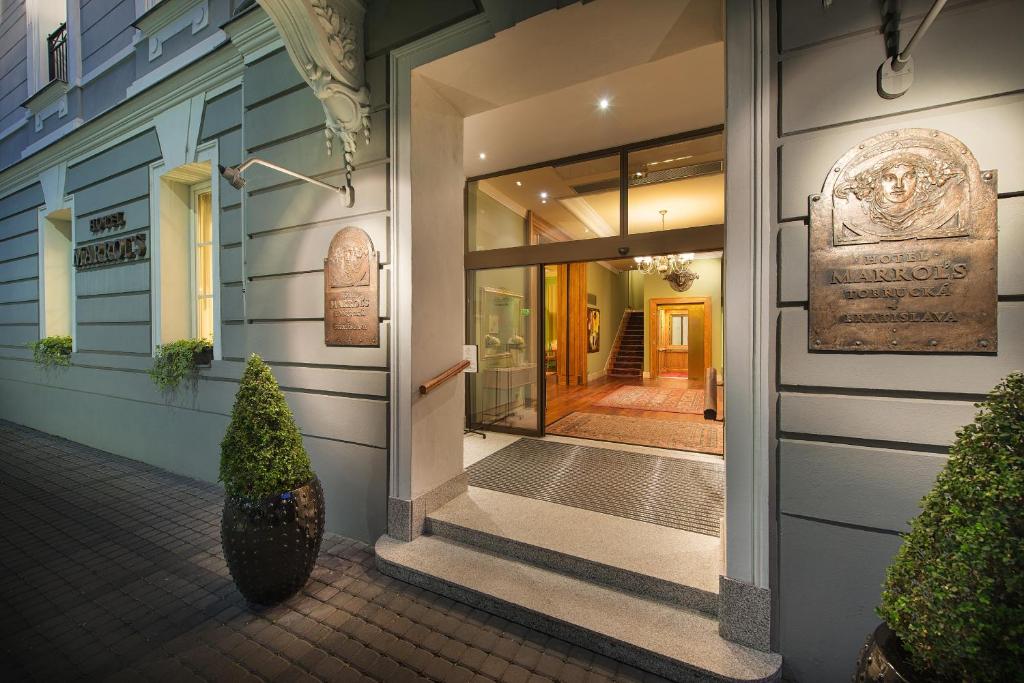
Tips before you go
- You can pay in euros when traveling to Slovakia, which was accepted as their currency in 2009. US dollars are not accepted at restaurants, attractions or shops.
- Slovakia is part of the Schengen area, a group of countries in Europe with standardized visa requirements. You can find a list of countries where citizens must apply for a visa before coming to Slovakia and only need a Schengen visa to visit Slovakia.
- The national language of Slovakia is Slovak, spoken by 80% of the population. Czech is the second most commonly spoken language in Slovakia. Hungarian, English, Russian and German are also commonly known languages in Slovakia. About 13% of the population speaks English, usually teenagers to those in their 30s. English speakers will have no trouble communicating in big cities.
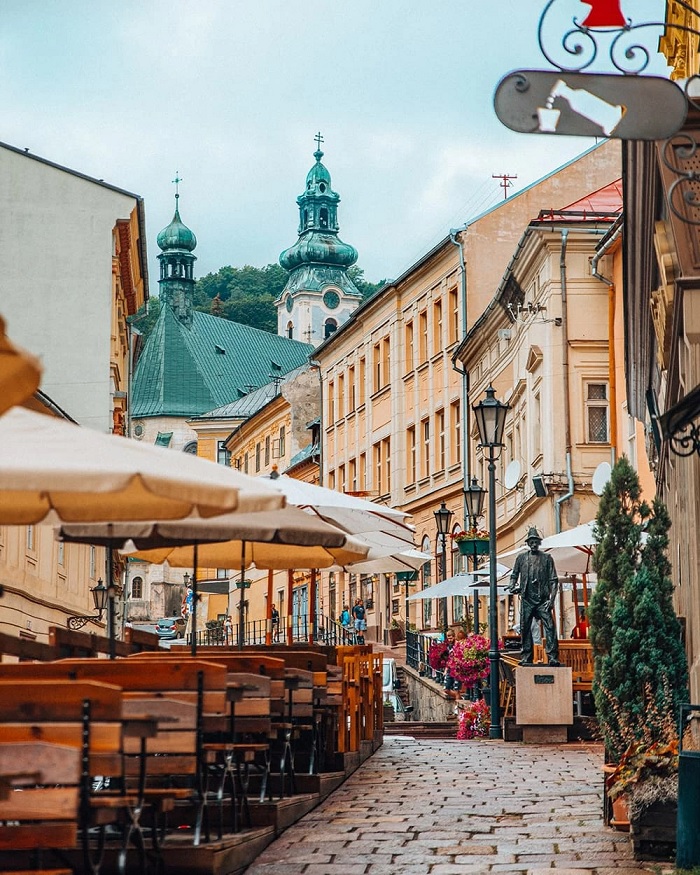
Some best day tours, trips, activities and transfer services, tickets in, from and to Bratislava you can refer to
- Bratislava Day Tour from Vienna
- Bratislava Day Tour by Bus and Boat from Vienna
- Bratislava Classic Walking Tour
- Bratislava Grand City Tour
- Bratislava by Night Walking Tour
- Bratislava and Devin Castle Walking Tour
- Budapest Day Tour from Bratislava
- Bratislava by Sightseeing Bus
- Vienna to Bratislava Tour by Bus and Boat
- Bratislava: Riverside, Castle or Complete City Segway Tours
- Catamaran Transfer between Vienna & Bratislava
- Bratislava: Sightseeing Bus Tour & Castle Museum Admission
Are you looking for more top things to do in Slovakia and Bratislava: Tours, activities, attractions and other things? Let’s check it out here.
































![10 best airports in Asia in 2016 [RANKED] kuala-lumpur-international-airport-best airports in asia in 2016 by skytrax ratings](https://livingnomads.com/wp-content/uploads/2016/08/29/kuala-lumpur-international-airport-best-airports-in-asia-in-2016-by-skytrax-ratings-218x150.jpg)








